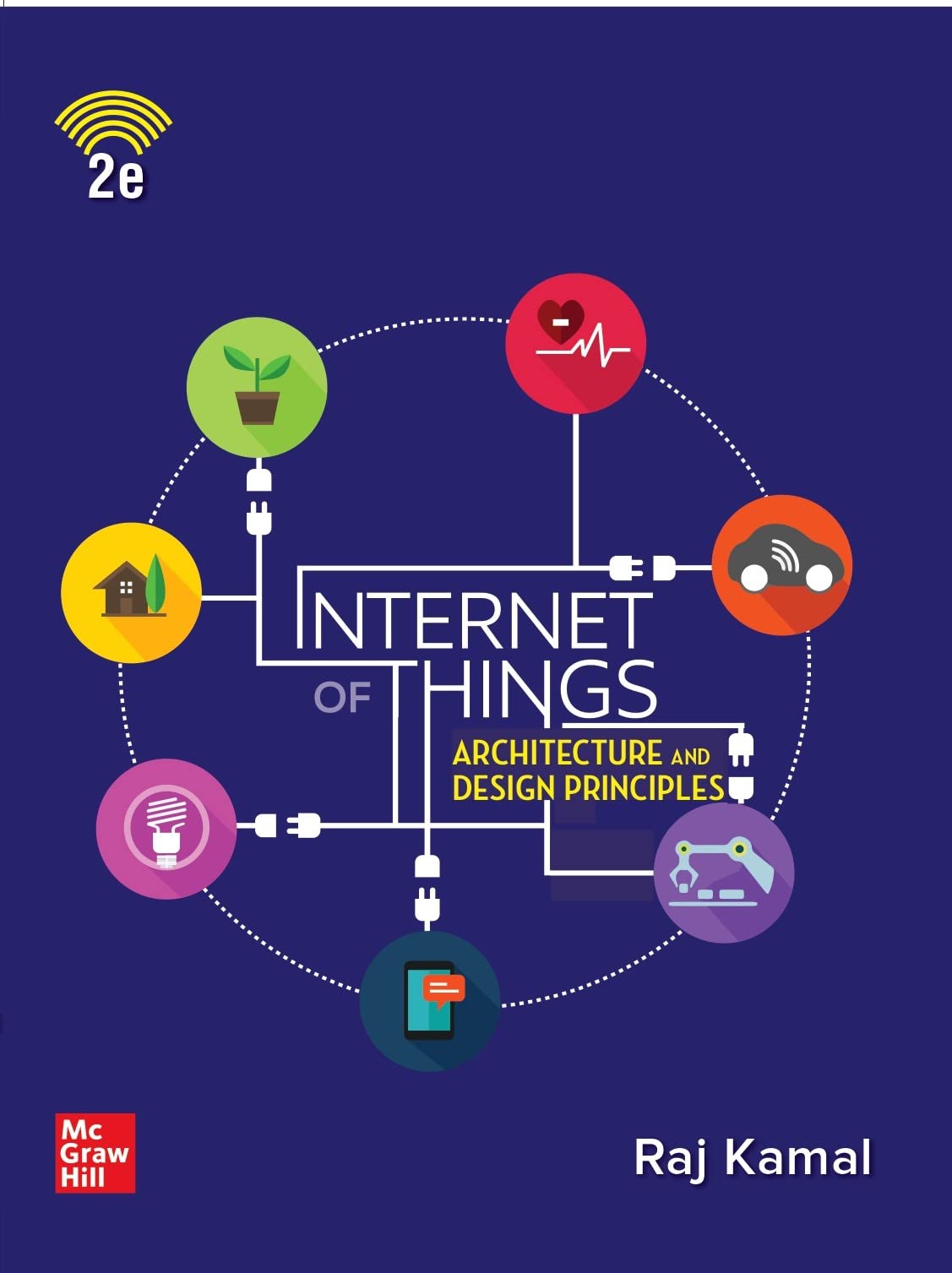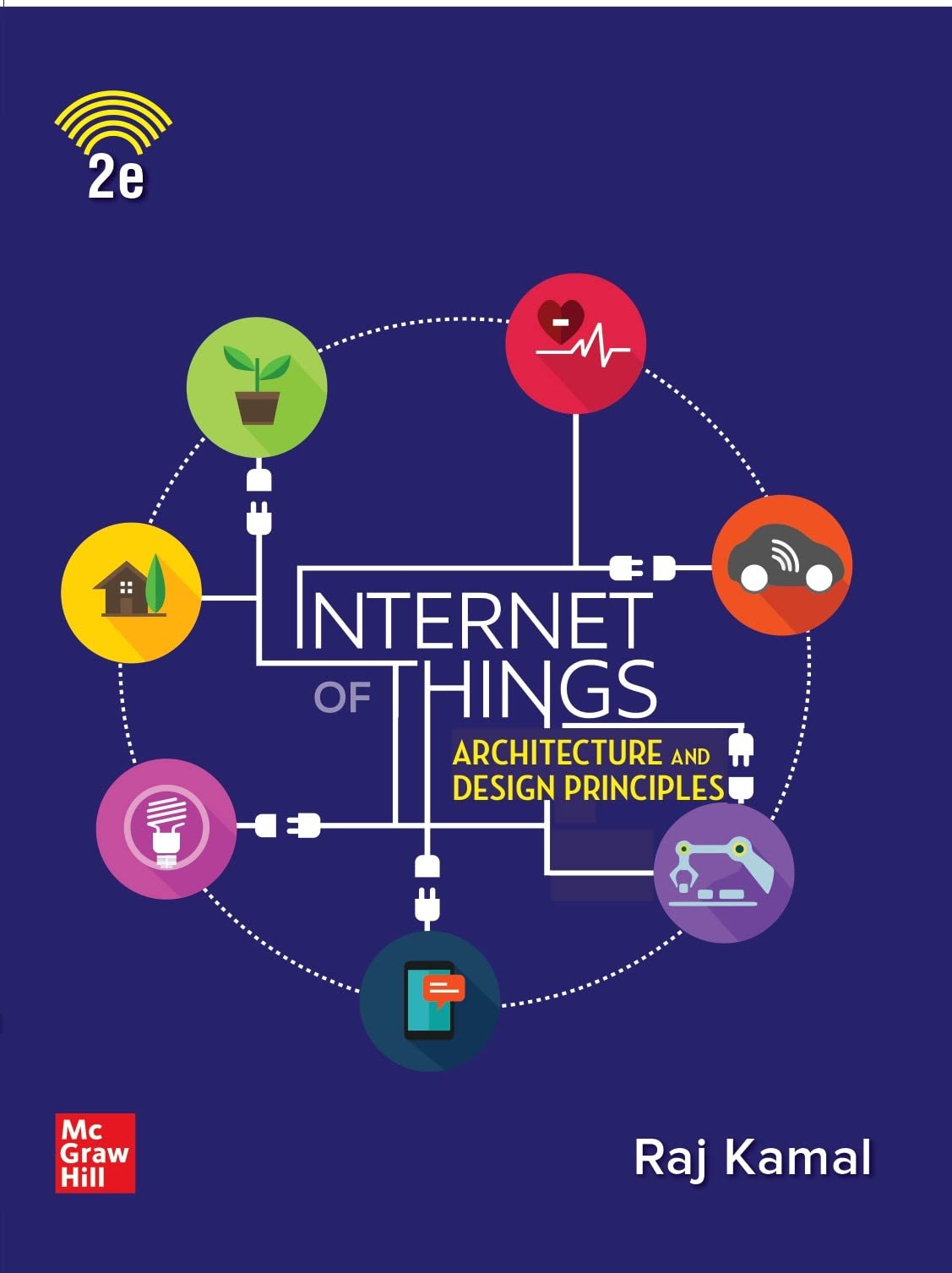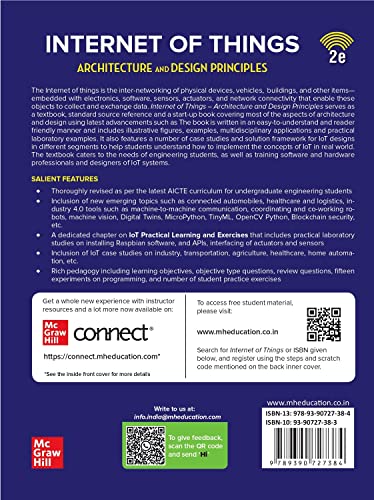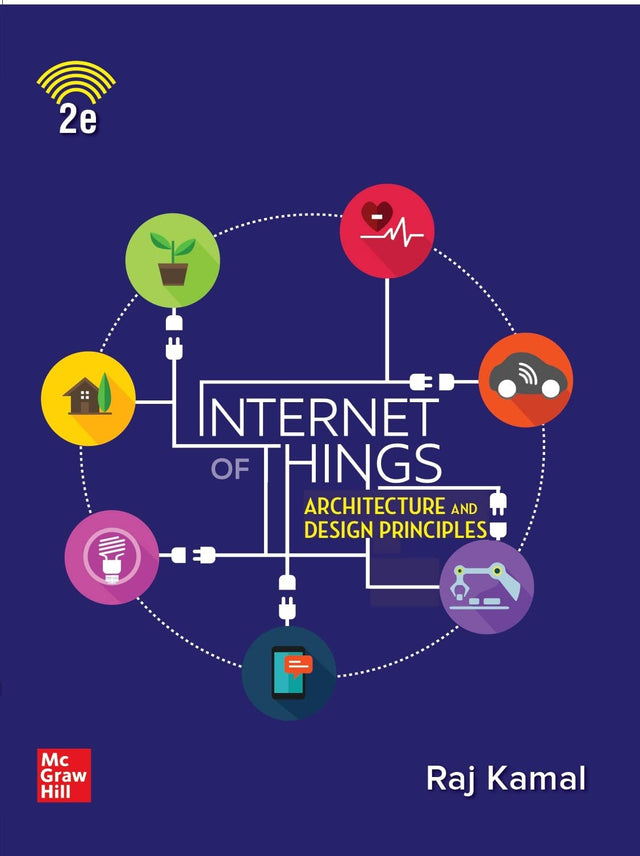INTERNET OF THINGS (IOT): Architecture and Design Principles |2nd Edition
INTERNET OF THINGS (IOT): Architecture and Design Principles |2nd Edition is backordered and will ship as soon as it is back in stock.
Couldn't load pickup availability
Genuine Products Guarantee
Genuine Products Guarantee
We guarantee 100% genuine products, and if proven otherwise, we will compensate you with 10 times the product's cost.
Delivery and Shipping
Delivery and Shipping
Products are generally ready for dispatch within 1 day and typically reach you in 3 to 5 days.
Book Details
-
Author: Raj Kamal
-
Publisher: McGraw-Hill Education
-
Edition: Standard Edition
-
Binding: Paperback
-
Number of Pages: 360
-
ISBN: 9789390727384
-
Languages: English
-
Release Date: 14-06-2022
About The Book
Internet of Things (IoT): Architecture and Design Principles (2nd Edition) by Raj Kamal provides an essential and comprehensive guide to the Internet of Things, a rapidly evolving technology that connects devices, vehicles, buildings, and more. The book offers a thorough exploration of IoT architecture and design principles, making it an ideal resource for both engineering students and professionals in software and hardware design.
This second edition has been meticulously revised to align with the latest AICTE curriculum for undergraduate engineering courses. It includes new topics such as connected automobiles, healthcare and logistics, Industry 4.0 tools like machine-to-machine communication, coordinating robots, machine vision, and more. With a focus on practical applications, the book features case studies in industries like agriculture, healthcare, transportation, and home automation.
The book also covers practical learning through IoT lab exercises and hands-on experiences, including installing Raspbian software and interfacing sensors and actuators. Rich pedagogical features, such as review questions, practice exercises, and experiments, ensure that students and professionals alike can grasp both theoretical concepts and their real-world applications.







